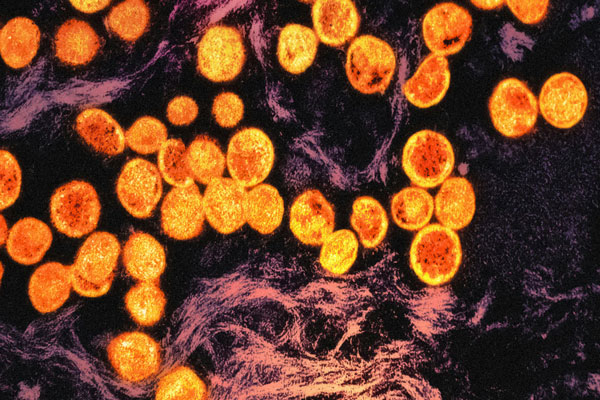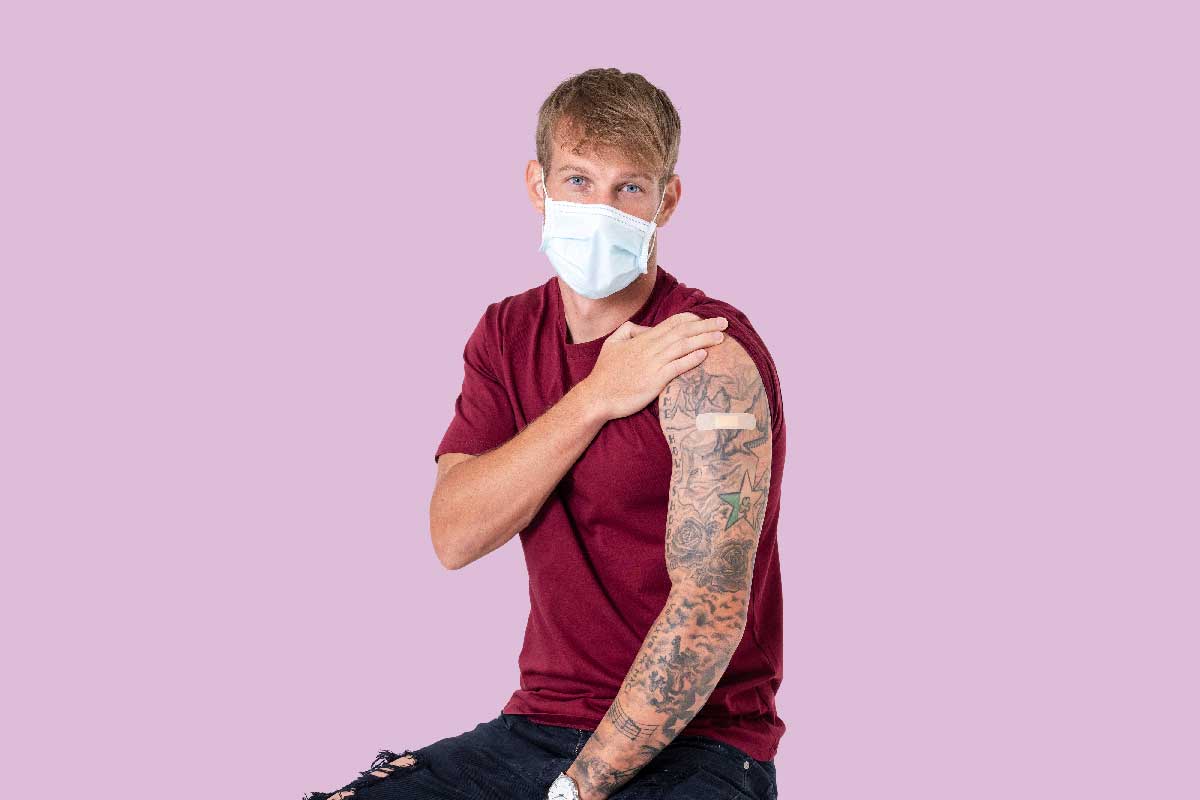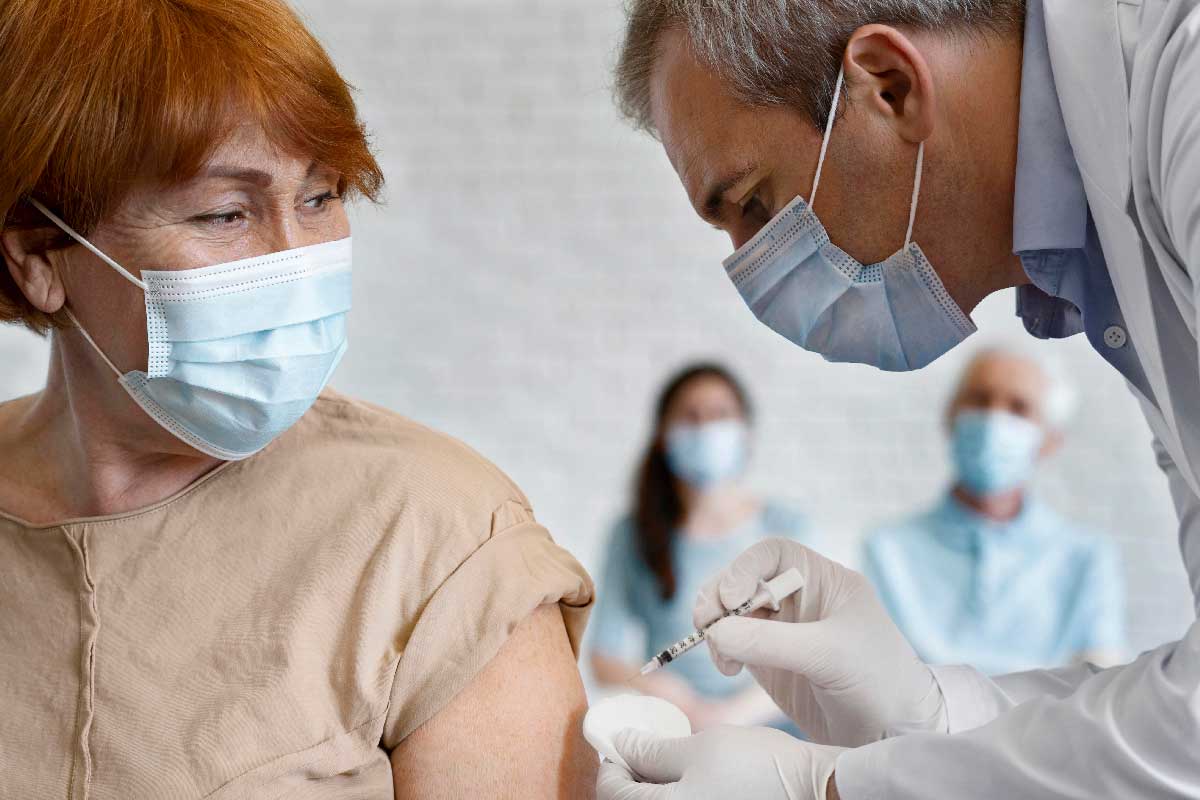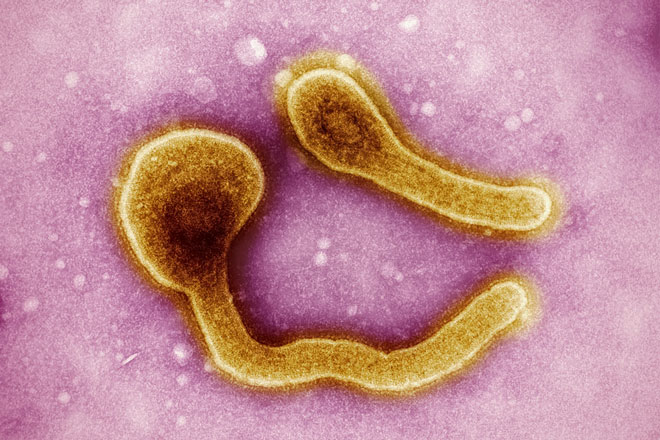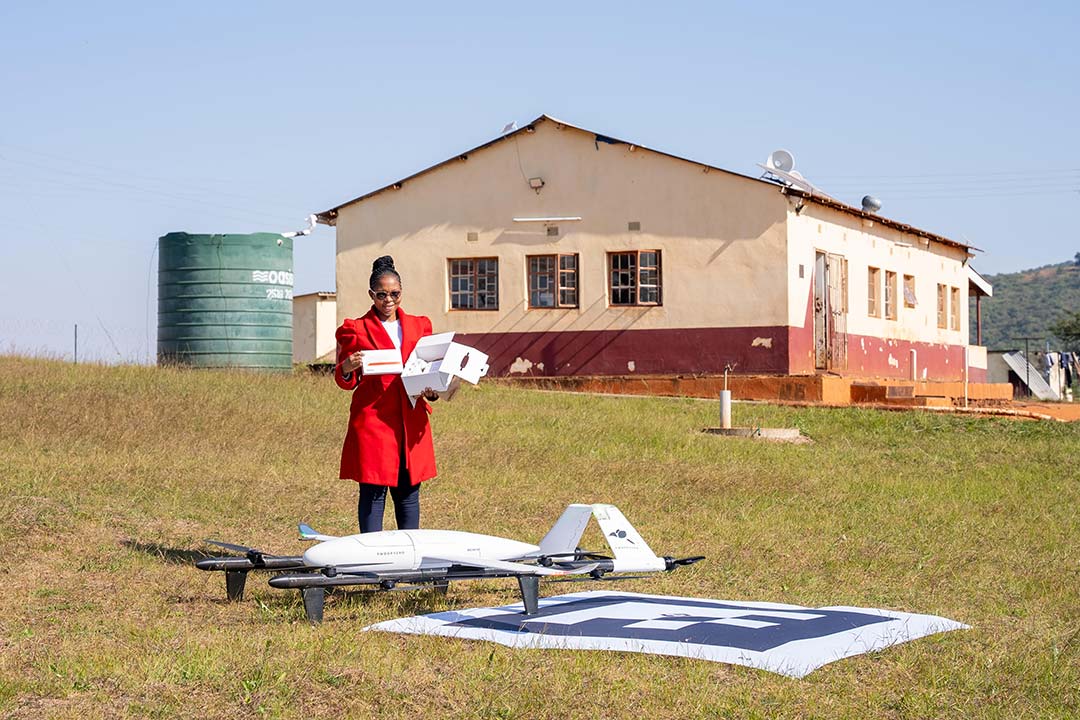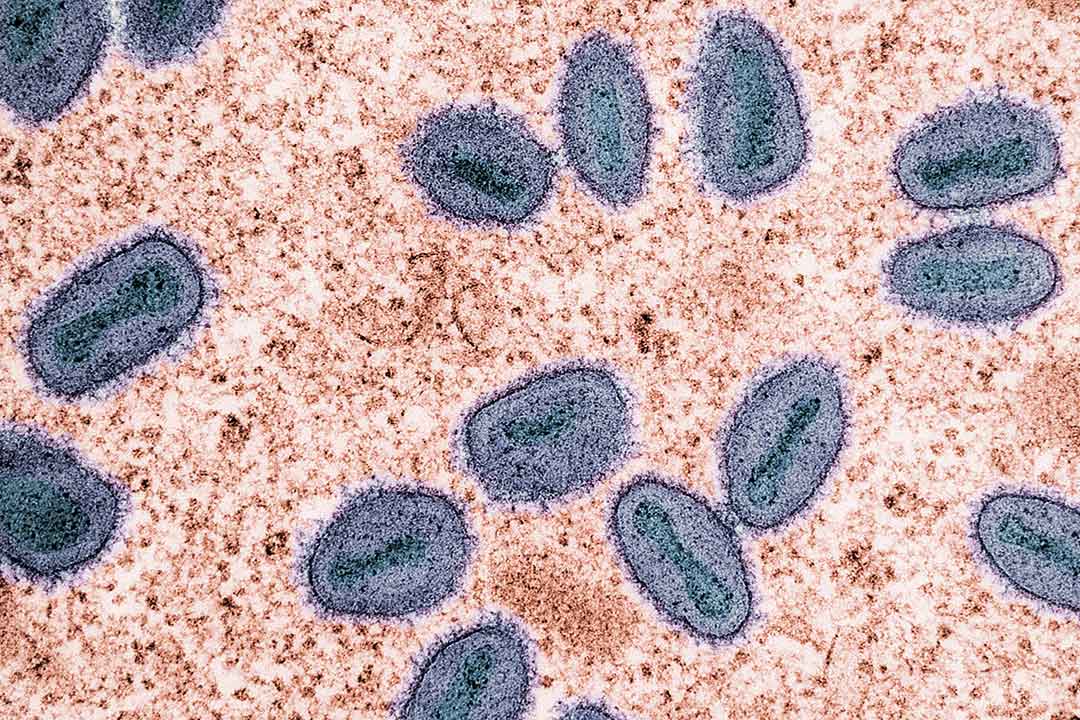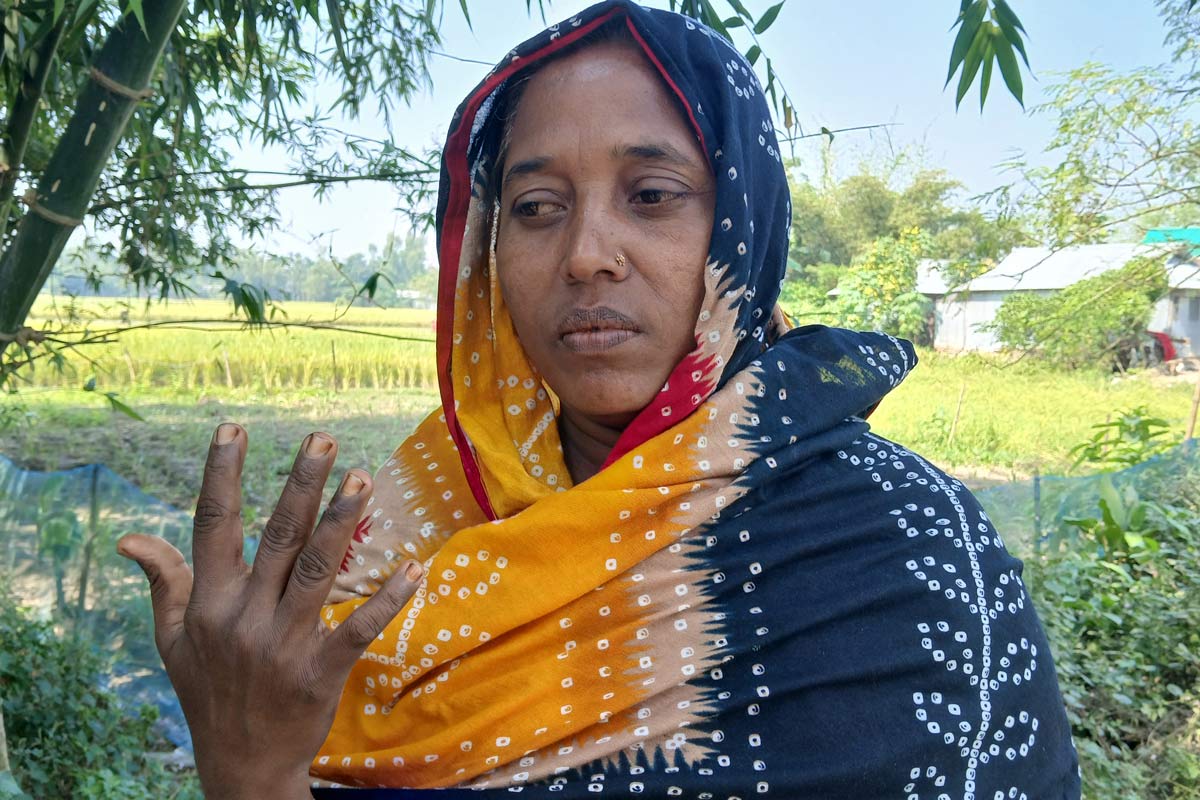Vaccine profiles: chikungunya
With 440,000 cases reported so far this year, chikungunya – which causes severe joint pain and can lead to debilitating arthritis – is a growing problem worldwide. Climate change is likely to make it worse.
- 5 December 2023
- 3 min read
- by Priya Joi
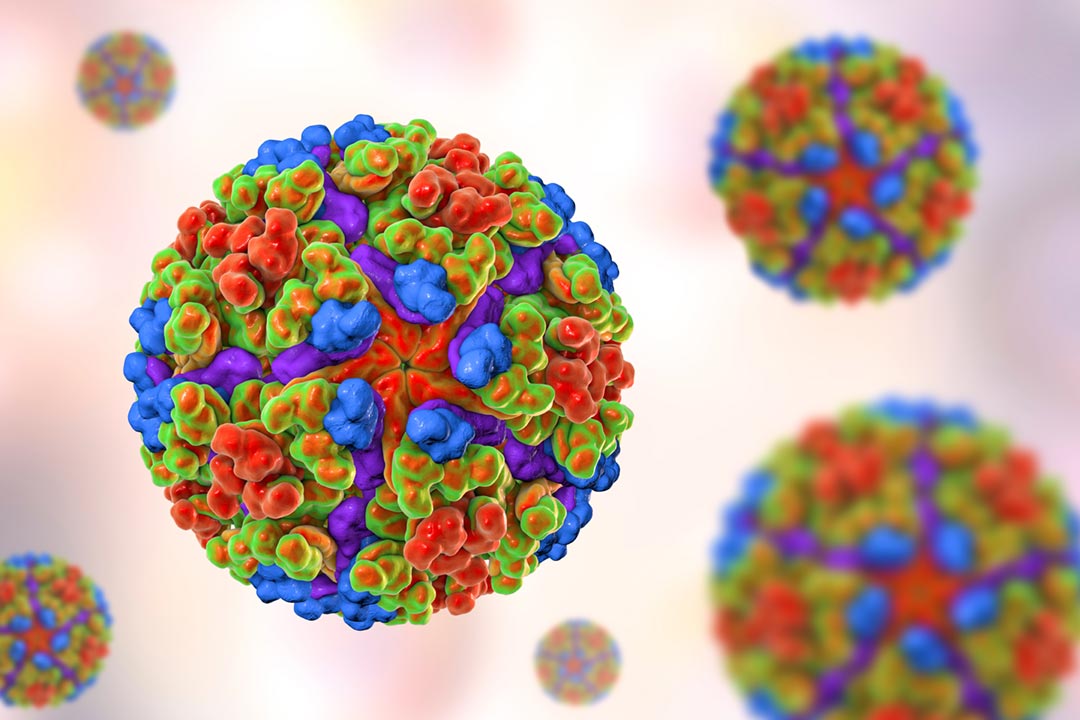
The word 'chikungunya' means "to become contorted" in the Kimakonde language spoken in parts of Tanzania and Mozambique.
Indeed, when people develop the tell-tale signs of fever and joint swelling and pain, they can be in so much discomfort they can barely function. The disease is rarely fatal, but the joint pain can linger for months or even years after the infection is cleared, leading to debilitating arthritis.
Now, global warming is amplifying epidemics across [Africa, Asia and the Americas], with outbreaks growing in number across West Africa.
Chikungunya's symptoms, which also include nausea and fatigue, can look like dengue or zika, making it easy to misdiagnose, according to the World Health Organization (WHO).
The virus is spread by Aedes aegypti and Aedes albopictus mosquitoes, which can also carry dengue, yellow fever, and zika. The mosquitoes have generally been endemic in tropical and subtropical regions of Africa, southeast Asia, and parts of the Americas; now, global warming is amplifying epidemics across these regions, with outbreaks growing in number across West Africa.
These warning signals have been sounding for years, with research in 2004 indicating that at higher temperatures Aedes aegypti mosquitoes could be more susceptible to the chikungunya virus, which could explain worsening outbreaks in endemic areas.
Climate change also means that mosquitoes are expanding their habitat and encroaching on areas where chikungunya had never been a problem, such as in Europe. Italy had an outbreak in 2007, Europe's first.
Have you read?
So far in 2023, around 440,000 cases and 350 deaths have been recorded worldwide. Most of these – 345,000 cases – were in just four Latin American countries: Argentina, Bolivia, Brazil and Paraguay. Paraguay's outbreak was the worst outbreak recorded in recent years in the Americas.
These are just the outbreaks that are known about – many more are likely to go unrecorded in low- and middle-income countries due to poor surveillance and lack of low-cost diagnostics.
Warming planet
Aedes aegypti thrives at 29°C, which means that as temperate zones heat up, becoming more humid as well with increased rainfall, the mosquito is likely to increasingly, substantially widen its habitat.
The mosquito is also likely to infect populations never before at risk.
For instance, by 2080 western Europe could see nearly a quarter of a million people exposed to chikungunya-carrying mosquitoes for the first time, according to estimates from a study of the changing transmission risk with climate change.
Alongside global warming, increased or unplanned urbanisation can also create favourable conditions for mosquitoes to thrive by increasing the amount of stagnant water held in containers, where mosquitoes like to lay their eggs.
Vaccine development
There is currently no treatment for chikungunya and there was no vaccine, until a recent breakthrough.
In early November 2023, the US Food and Drug Administration approved the first-ever chikungunya vaccine, "Ixchiq", for use in adults over 18 years. The one-dose vaccine contains a live, weakened version of the virus.
The vaccine was developed by Valneva, with support from CEPI and the EU in 2019. Now, a technology transfer agreement will ensure that Valneva's partner in Brazil, Instituto Butantan, can manufacture and market the vaccine in low- and middle-income countries, which is where most cases of chikungunya are found. A single-dose candidate vaccine developed by Bavarian Nordic could also receive licensure as soon as next year.
